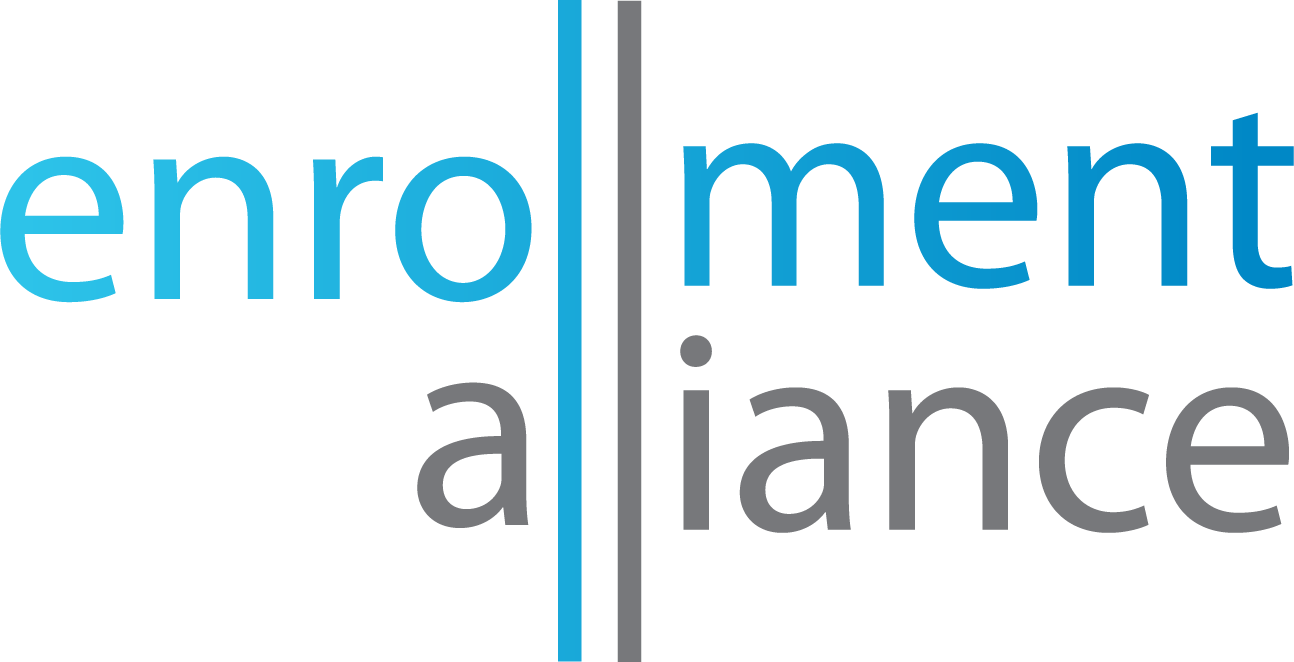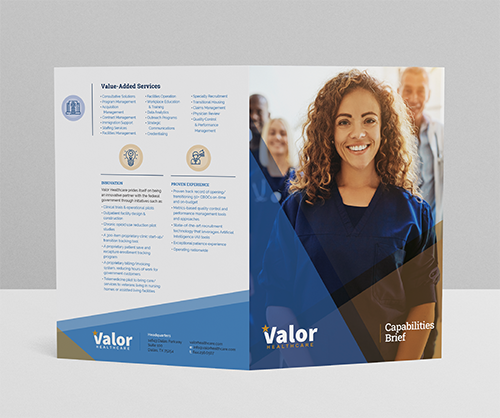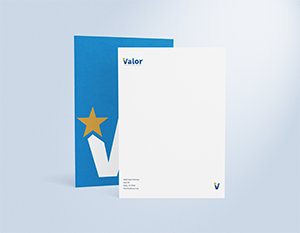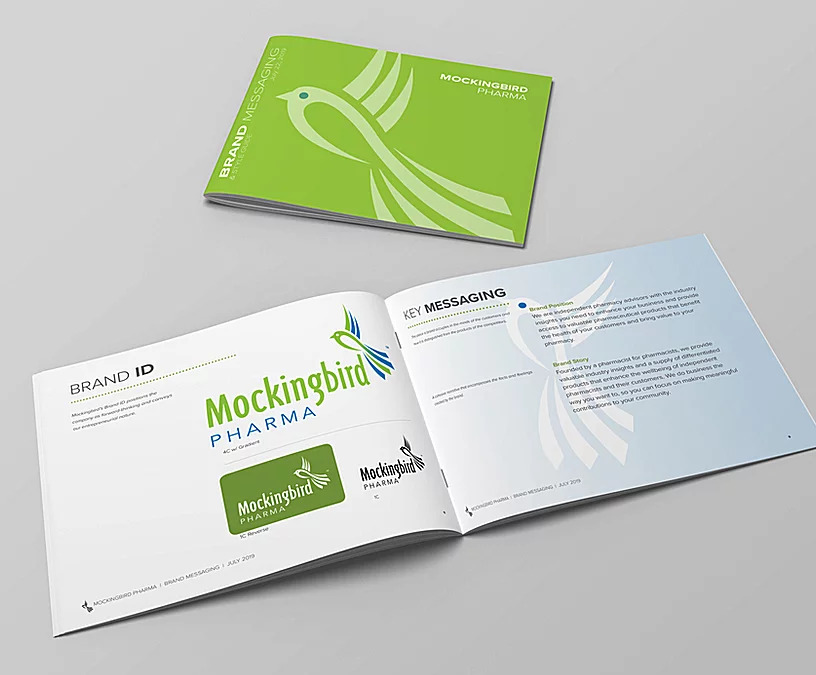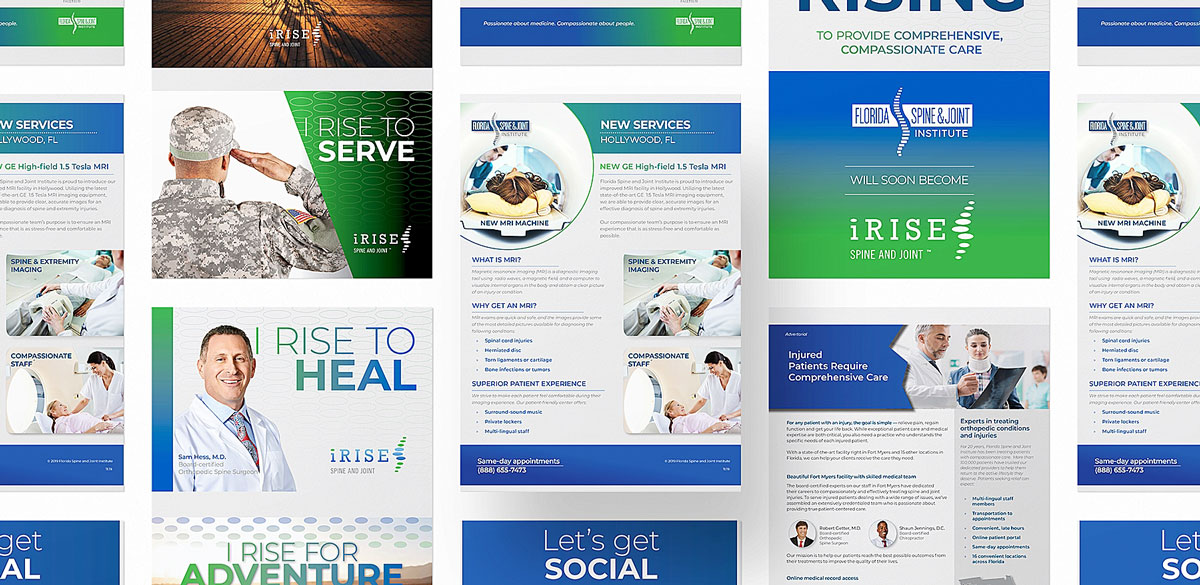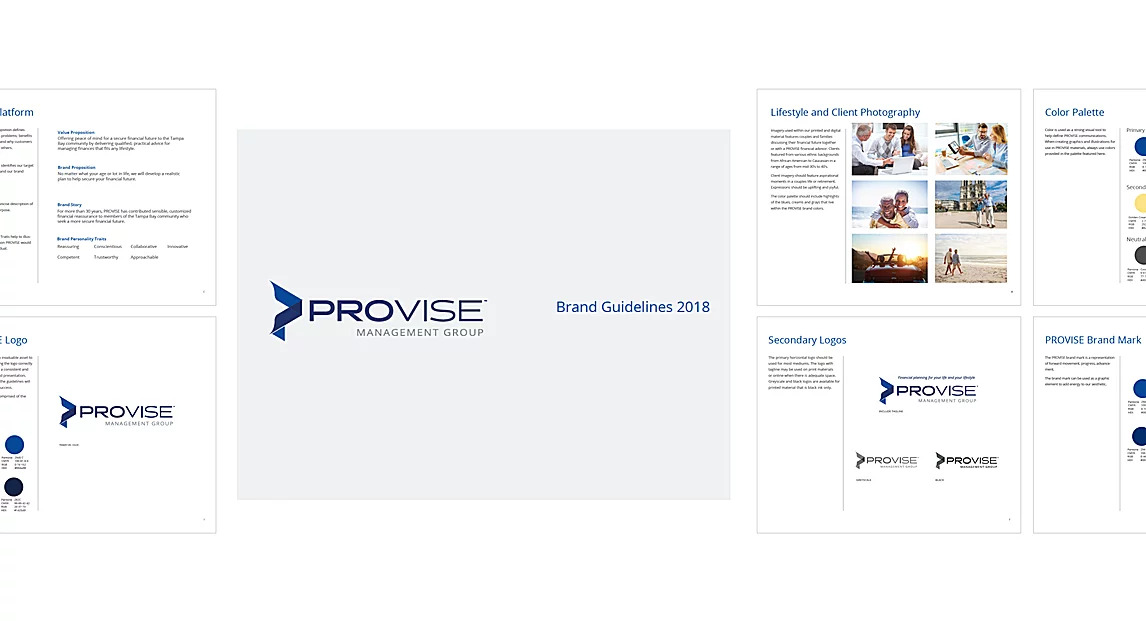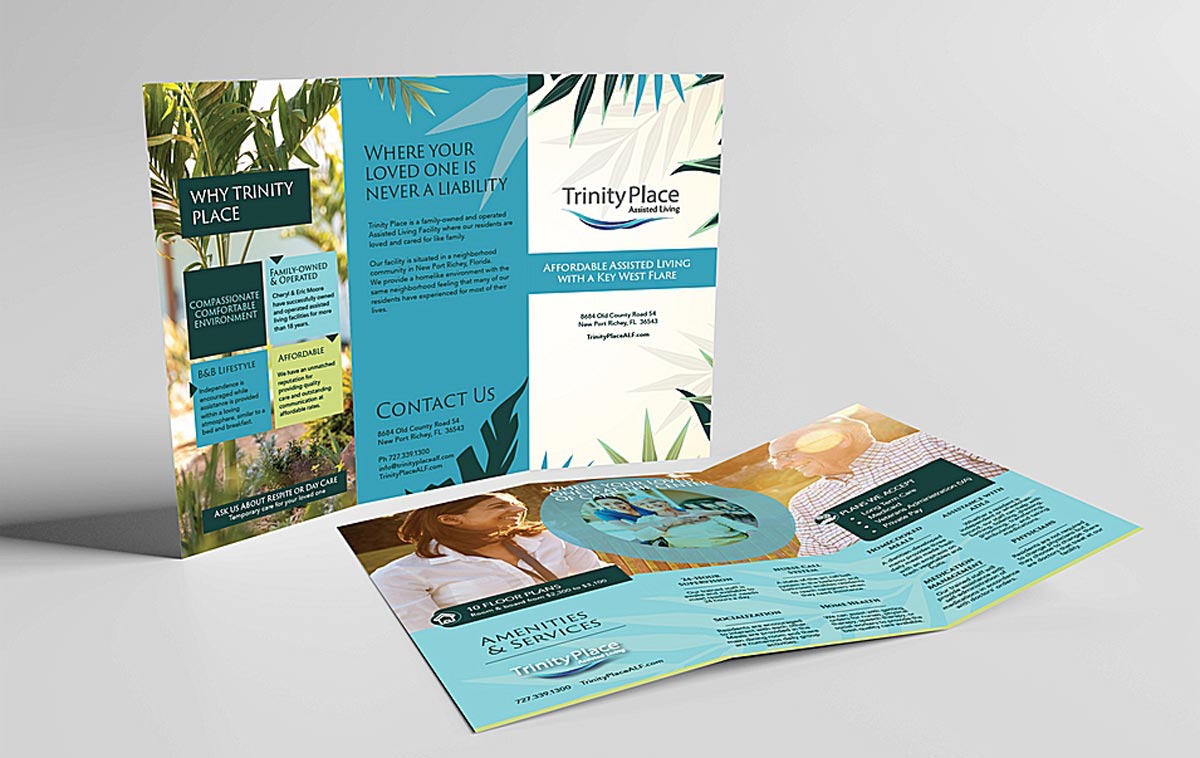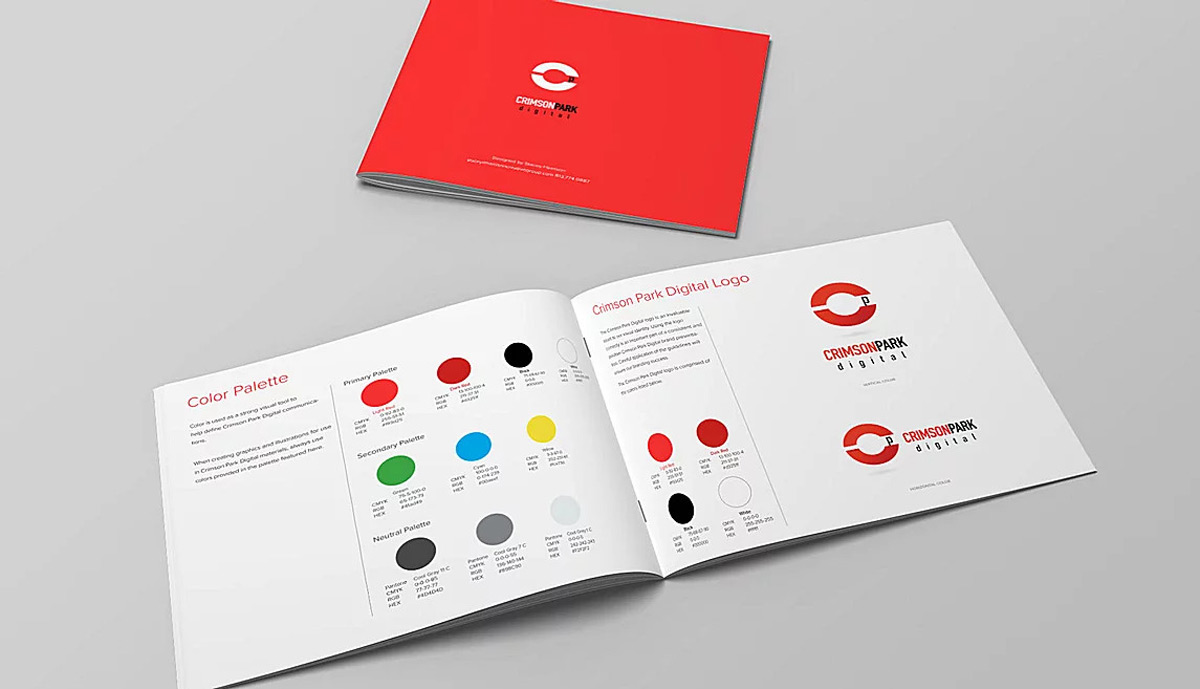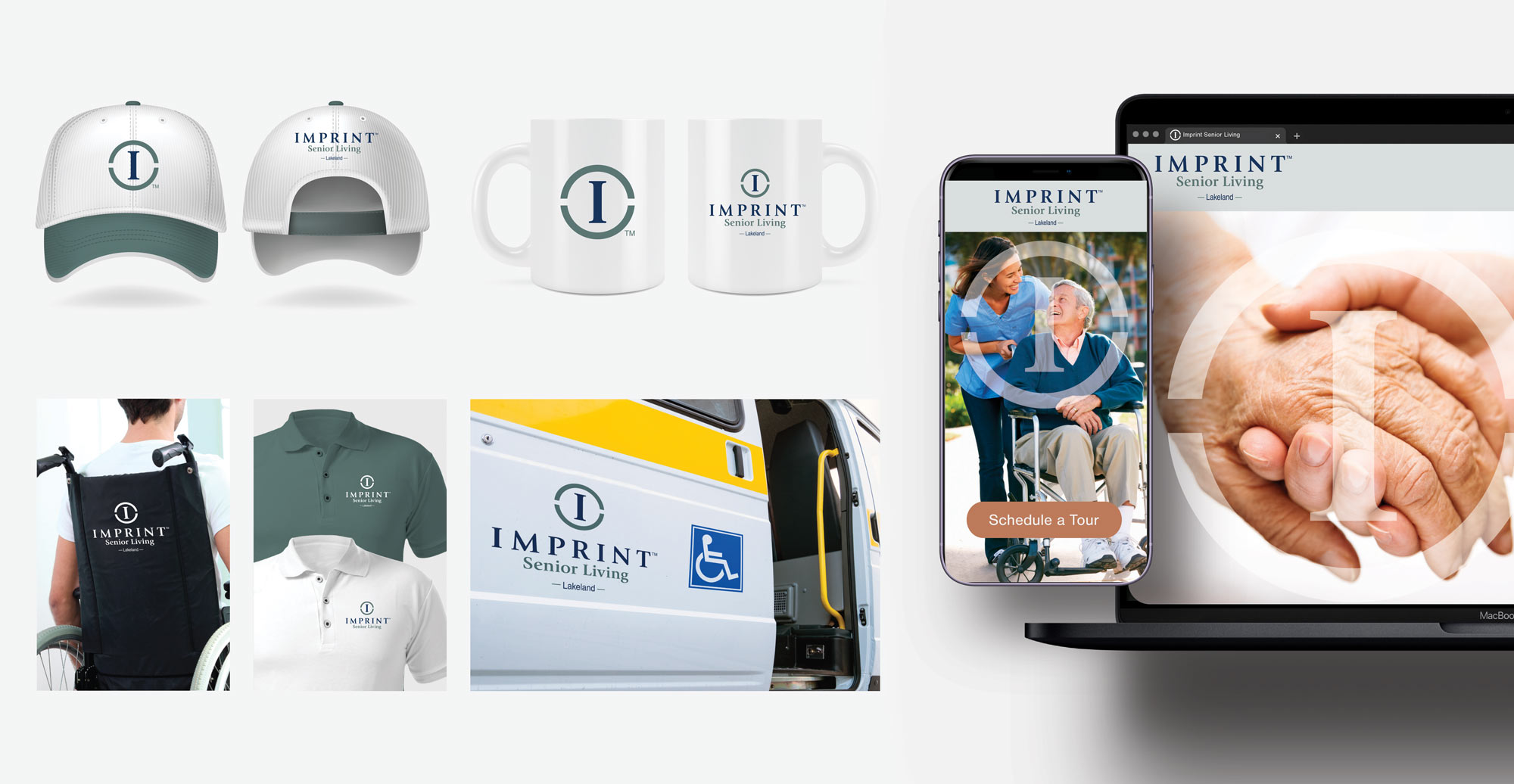You’ve done the research. You’ve spoken to your clients and team. Your team has chosen a new name for the company that aligns with your enhanced services or ownership. Or you’ve expanded your offering to a new market and are preparing to change the name to reflect your growing footprint. Perhaps a problem with online reputation prompted a company name change. Or maybe it’s simply time to update the company branding to reflect a more modern look. No matter what the reasons to rebrand your company are, it wasn’t a decision taken lightly. Now, you may be wondering – what’s next? How do you get a handle on all company assets that need to be updated? That’s what brought you here, right?
A company rebranding checklist helps you organize all the steps involved in creating a new identity for your business. It includes everything from choosing a name to designing a logo. This article and the checklist download will help you get organized around your rebranding efforts.
Set goals for the project.
Before you start any project, set goals for what you’d like to accomplish. Setting SMART goals (Specific, Measurable, Attainable, Relevant, Time-bound) will help keep you and your stakeholders honest about the success of the rebranding project and motivated throughout the process. You’ll also be able to see how far along you are at any given point.
Examples of goals for a rebranding could be as lofty as improving revenue by 20%. Supporting goals might include a specific increase in new customers, new leads, and brand impressions.
Determine your message.
A new brand means new messaging to convey the company’s vision and focus. Evaluate existing mission, vision, and values statements and update them to create a renewed vision for employees. A skilled brand messaging copywriter can help capture your brand voice and create inspiring messaging. This new brand vision should also influence the next step in the process.
Decide on a logo style.
A great logo should be simple, memorable, and easy to recognize. It’s essential to choose a style that fits the rest of your branding. If you’re going for an abstract design, ensure it complements your other visual elements and aligns with your brand personality.
Once you’ve chosen the logo, a brand style guide will help provide the rules for how the new brand should be displayed in all mediums. A branding professional can help create these guidelines so that your team can access them and your logos at all times.
Update communications templates.
Arm your team with the communication tools to tell partners about the rebrand. Consider the method of communication that your team uses – email, SMS, phone, or in-person.
- Email Signatures: Update email signatures companywide with tools like WiseStamp for Gmail users or CodeTwo for Microsoft 365 users.
- Voicemail Script: Make it easy for your team by providing a simple script for changing their voicemail messages.
- Business Cards: If your team meets customers or vendors in person, create a new business card template and place a bulk order with your local printer or online for cost efficiency. Consider including a QR code on the card to track impressions and engagement for specific website landing pages.
- Letterhead and envelopes: Still writing letters or thanking customers? Make sure your stationery is updated. An electronic letterhead may be effective if you typically send letters electronically or print them in-house.
Inventory all brand assets.
The daunting task of updating brand assets can’t begin until you have an inventory of what should be updated. Don’t attempt this one alone. Tap one or two people at each location or department to collect an inventory of everything with a logo or company name. You may be surprised at all the forms your employees created out of necessity that need to be updated. Collect all these items in a shared folder categorized by department or use.
This list of brand assets could include the following:
- Promotional Materials or Swag
- Uniforms
- Trade Show Booths
- Sales Proposals
- Presentations
- Patient or Customer Forms
- hContracts
- Training Materials
- Marketing Materials
- Building Signage
- Internal Signage
- Branded Rugs
- Stickers or Tags for Products
- Credit Applications
- Job Applications
- Job Descriptions
- Policies and Procedures
- Employee Handbook
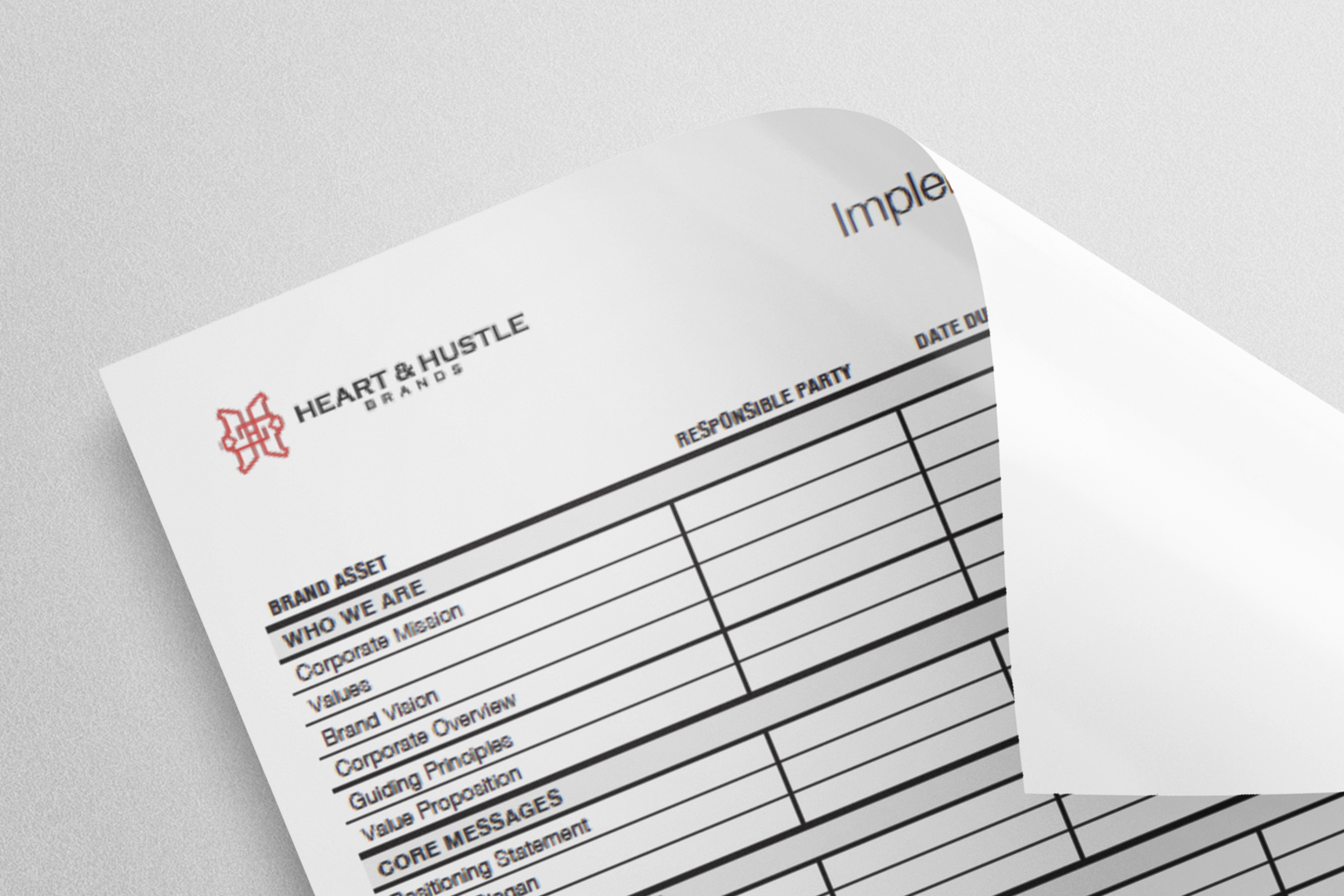
Don’t just update brand assets. Optimize them.
Now that you have a solid list of what needs to be updated review the material to ensure that it’s still utilized. Don’t update items just because they were in the folder. The rebranding process should provide a sense of renewal. Rethink what’s working and what’s not and markup the documents to work for you and your team now and in the future.
Don’t ask your team to make these updates internally. Work with a skilled graphic designer to update the materials to follow your new brand style, providing consistency among all assets.
Align your marketing strategy with the rebrand.
Updating internal forms and materials is just one-half of the rebranding process. Next, you’ll need to tell the world (or at least your stakeholders) about your rebrand. That’s why you went through this process, right? Next, you’ll need a strategy to inform your partners- that includes customers, employees, and vendors.
The marketing strategy should include corporate communications. We recommend telling your employees about the change in a meeting or conference call before making a larger announcement to customers. Make sure your employees know what to expect throughout the rebranding process. Give your team milestone dates when they can expect new business cards, email signatures, website updates, and other important changes.
Giving employees a timeline will prevent them from making assumptions or making their own version of the rebranded material. When rebranding isn’t communicated consistently and properly, we’ve seen employees go rogue – making their own decisions about email signatures, signage, business cards and proposals. Get ahead of them by letting them know who to go to for questions.
Once the internal tea is aligned on communication, ensure your marketing team or outsourced partner has the plan to inform customers of the rebrand. That plan should include the following:
- An email announcement to customers with advanced notice of the official launch
- A website announcement
- Social media posts
- An official letter or direct mail piece to customers
- A press release to industry and local publications
These touchpoints will put your brand in front of customers and industry partners more frequently than before. This is an opportunity to announce any other service or product improvements customers have requested. We’ve found that clients often see a surge in customer reactivation from clients that may have gone dark for one reason or another.
In addition to the announcement, you’ll need to update all of your marketing assets, including:
WEBSITE
SOCIAL MEDIA PROFILES
ONLINE LISTINGS
Google,Yelp, etc.
MARKETING COLLATERAL
EMAIL TEMPLATES
As you can see, there are many moving pieces to manage in the rebranding process. Most companies don’t tackle this on their own. Do you need a partner to manage your rebrand?
Contact us at Heart & Hustle Brands. It’s what we do.

About the Author
Stacey Harrison is the lead brand strategist and designer at Heart & Hustle Brands and has provided creative direction for healthcare, industrial, and financial services brands for 20 years. She started Harrison Creative Group in 2017 to serve businesses that need a professional brand image on a budget. In 2021, the company rebranded to Heart & Hustle Brands to walk in the shoes of clients that experience a change of name or brand refresh.
